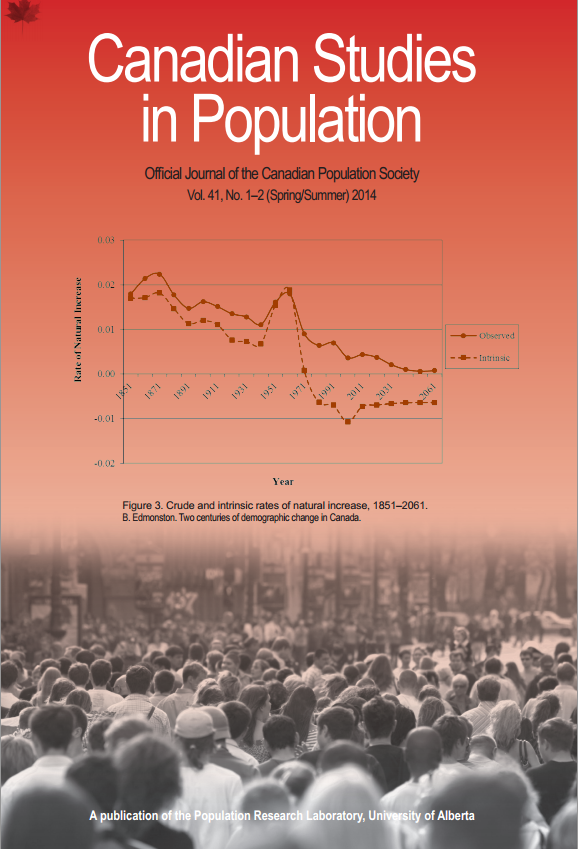Labour market outcomes of the children of immigrants in Ontario
DOI:
https://doi.org/10.25336/P68G7ZAbstract
Using the 2006 Census, this study examines the labour market outcomes of children of immigrants aged 25 to 34 who are living in Ontario. We find that most groups achieve higher levels of university completion rates than the third generation. Second-generation males, including those from Jamaica, Latin America, East Asia, the Philippines, India, South/Southeast Asia, West Asia and Arab/North African region, the United States, and Eastern Europe have lower earnings than the third generation. Dutch and Portuguese with lower educational attainments are not necessarily disadvantaged in terms of earnings and employment. In terms of income, most second-generation
women are not significantly different from their third-generation counterparts.
Downloads
Published
Issue
Section
License
Copyright (c) 2019 Teresa Abada, Sylvia Lin

This work is licensed under a Creative Commons Attribution 4.0 International License.
The following copyright statement applies to content published in Volumes 1 - 45 of Canadian Studies in Population.
Authors retain copyright and grant the journal right of first publication with the work simultaneously licensed under a Creative Commons Attribution License that allows others to share the work with an acknowledgement of the work's authorship and initial publication in this journal.
Authors are able to enter into separate, additional contractual arrangements for the non-exclusive distribution of the journal's published version of the work (e.g., post it to an institutional repository or publish it in a book), with an acknowledgement of its initial publication in this journal.
Authors are permitted and encouraged to post their work online (e.g., in institutional repositories or on their website) prior to and during the submission process, as it can lead to productive exchanges, as well as earlier and greater citation of published work (See The Effect of Open Access).



